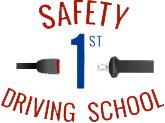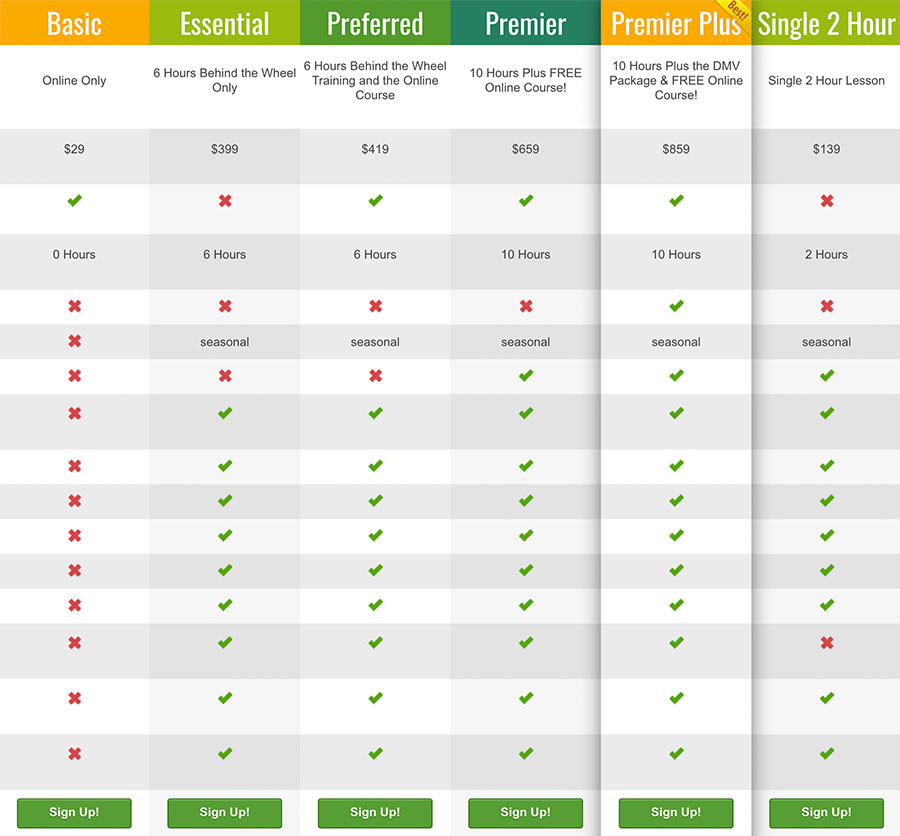Everyone knows navigating the freeways of Orange County can be stressful.
“Stressful, sure, but I don’t have road rage. I’m nothing like those crazies!”
Okay, you might not qualify for “road rage,” but chances are at one time or another, you’re likely to overreact – or react less than kindly – to a fellow Orange County driver. And that can be dangerous. Not only can it cause you or someone else to lose control of their vehicle (aggressive driving = BAD), but you never know who you could set off (someone who might actually do something really scary).
Safety 1st Driving School wants all Irvine and Orange County drivers to be safe and happy – even on the 405 during rush hour! So here are some tips for avoiding road rage:
1. Practice Patience.
Remember the Golden Rule? Treat others how you’d like to be treated. Well that applies to driving too! For everyone’s safety, including your own, be willing to extend some patience. Give people a break. Have you ever cut someone off because you forgot to check your blind spot? Sure you have! So cut ’em some slack. It’ll make them feel better (hey, they might even pay it forward!) and it’ll keep your blood pressure down too.
2. Relax and Clear Your Head.
If you feel yourself getting worked up, take a few deep breaths. Turn on some soothing music – nothing loud or aggressive. Recite a mantra. And try to unclutter your brain. If your mind is on work and someone cuts you off and interrupts an important thought, you’re likely to feel even more annoyed. Think happy thoughts and just relax! But not too much – we don’t want you falling asleep at the wheel.
3. Avoid crazy driving times.
When possible, avoid the worst times for driving. Stay a little late, leave a little early, or take a different route. Listen to radio traffic reports and check Google maps for traffic so you can avoid the most cluttered areas or construction sites.
And don’t leave work or home in a huff. If you’re angry at your boss, spouse, parents, whatever – don’t take it out on innocent Orange County drivers. Driving your car is not the time to release your stress – save that for your turbo kickboxing class.
4. Carpool.
Having someone else in the car will (hopefully) keep you on better behavior and distract you from dwelling on someone else’s driving mistake.
5. Plan Ahead.
Are you always running late? Then get up earlier, make your morning coffee at home, do whatever you have to do to leave at a reasonable time so you have plenty of time to get to where you’re going.
6. Don’t Take It Personally.
So someone is driving slow in the carpool lane, braking erratically, or cut you off. It’s annoying, we get it, but before you assume the other driver is enjoying your misery, remember that it’s not about you. Maybe they’re oblivious. Maybe they have a screaming baby in the car. Maybe they’re having a really stressful day. Maybe they just made a mistake! Whatever the reason, it happens. And it’s not directed at you.
7. Don’t Feed the Rage.
If another driver gets angry at you, don’t react. Don’t stare them down, gesture, yell, or speed up. Just take a deep breath and let it pass. It’s not worth it!
8. Practice Defensive Driving.
Clear your mind, no distractions, and focus on DRIVING. Be alert and aware of your surroundings. Anticipate what other drivers may do and react accordingly. Keep a safe distance between you and the cars around you, don’t speed or drive erratically, use your turn signals, check your mirrors and blind spots, and GET OFF YOUR PHONE!
Safety 1st’s driving instructors are happy to help Irvine residents with Defensive Driving tactics to keep you safe. Contact us today!


